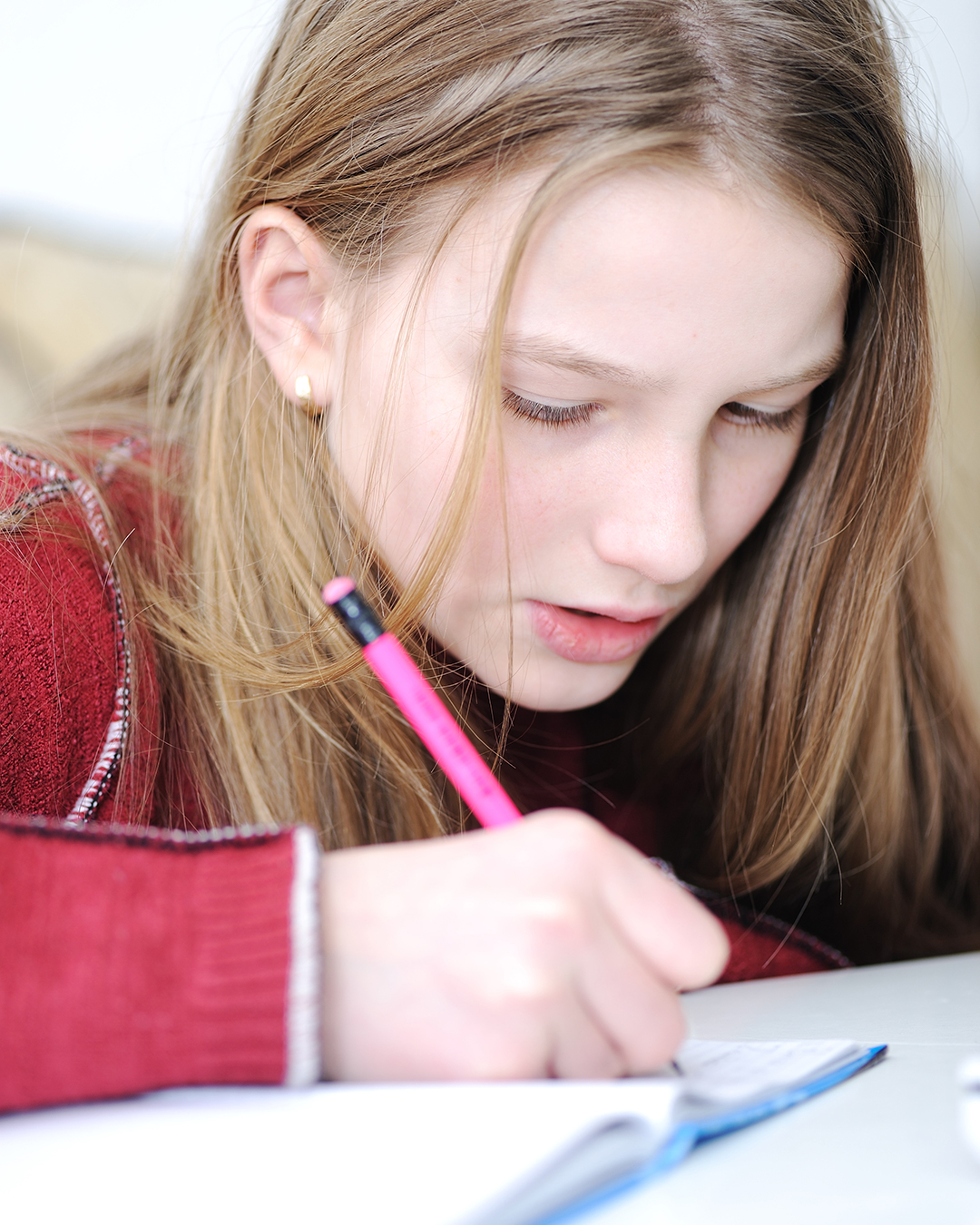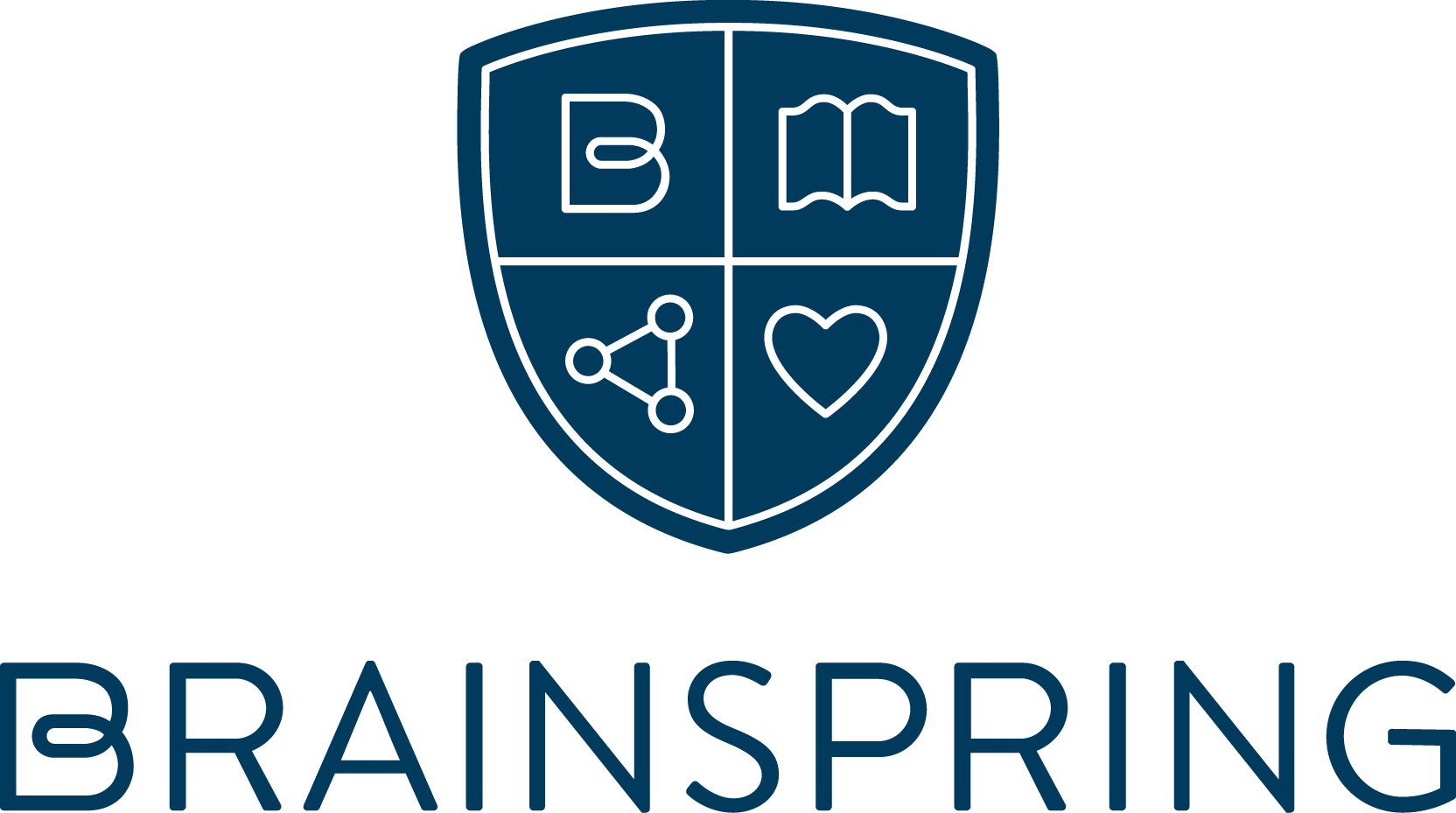What is Cursive & Why is it Used?
Posted by Brainspring on 9th Jul 2024
- A form of handwriting containing connected letters.
- Lowercase letters begin at the baseline requiring less motor planning.
- Unique letter formations lead to fewer reversals.
- Letter strings are identified as words.
- When mastered, it is a quicker form of writing than traditional print.
- The sensory-motor integration process in writing leads to improved retention of new material.
- Used in many important historical documents, like the Declaration of Independence, the Constitution, the Emancipation Proclamation.
Benefits of Cursive
There are many reasons to encourage cursive penmanship with your students. Cursive writing, when compared to printing, is simply more beneficial because the movements are more specific, the letters are less conventional, and visually, it creates a larger collection of letter symbols.
When printing, some children find it difficult to define where one word ends and another word begins. Since letters are linked, it is easier for those students who struggle with spatial awareness, to see word breaks because the link breaks. Cursive handwriting also helps with spacing within words themselves. Again, because the letters are linked, inappropriate spacing between letters within words is less likely.
Another benefit to cursive is that all lowercase letters begin on the line. Due to the letters being anchored on the line from the start, students are less likely to have floating letters and words. You may have witnessed “roller coaster” writing where a student’s words rise and fall on, over and under the line. In print, there are three different places for letters to start. Our tall letters, like “t”, “l” and “h” start from the top, while all other letters start at an imaginary middle line. The exception is the letter “e” which starts slightly below the imaginary middle line. Generally, cursive letters start and end at the line with few exceptions, creating a consistent “go to” for the writer.
Along with letter spacing and placement, letters are less likely to be reversed with cursive symbols. Every letter is unique in the cursive alphabet. Yes, letters are unique in print as well, but print uses the same symbol in different positions to make them unique. Hello, b, d, q, p. That does not exist in cursive. What a time saver for students who focus a lot of energy on asking, “Which way does “b” go?”
As a whole, cursive writing helps train the brain to incorporate visual and tactile information, while strengthening the fine motor skills needed for fluent and legible writing.
Tips for Learning Cursive
- Teach appropriate posture and paper slant for cursive.
- Begin learning the alphabet in cursive, starting with lowercase letters.
- Learn letters based on their approach stroke in groups, like d, g, and q.
- Use visual aids and guides, like dotted lines and arrows, to understand the starting points and direction of each stroke.
- Focus on maintaining consistent slant and size among all letters for a more uniform look.
Common Challenges Learning Cursive
Retention:
- Build sound-symbol connections to improve retention.
- Practice formation on tactile surfaces to enhance recall.
Visual Motor Integration:
- Pre-teach approach strokes by tracing and drawing lines mimicking the four approach strokes.
- Use papers with wider lines, and slowly reduce the size.
Tools for Practice
Practice regularly! short, simple exercises to build muscle memory:
- Have students practice writing letters in the air (skywriting)
- Writing on a lateral surface.
- Use verbal motor pathways to help students progress through a letter’s formation.
- Provide opportunities for students to self-reflect on letter formation.
Written by Autumn Templeton, CALP, CDP
Autumn is the Center Director of the Brainspring Learning Centers in Bloomfield Hills and West Bloomfield, Michigan.
References:
Berninger, V.W. (May-June 2012). Strengthening the Mind’s Eye: The Case for Continued Handwriting Instruction in the 21st Century. Principal, 28-31.
Freedman, S.G. (January 19, 2005). Back to the Basics of a Legible Hand. On Education. The New York Times.
Handbury King, D. (April 2015.) Why bother with cursive? Dyslexiaida.org
Klemm, W.R. (March 14, 2013). Why Writing by Hand Could Make You Smarter. Psychology Today.
Brainspring has proudly supported the educational community for more than 25 years.
Our Educator Academy provides educators in grades K-12 with comprehensive MSL Professional Development courses. Learn more about our in-person and online professional development.
The Learning Centers support students through one-on-one, multisensory tutoring sessions. Learn more about our in-person (available in Southeast Michigan) and nationwide online tutoring.

